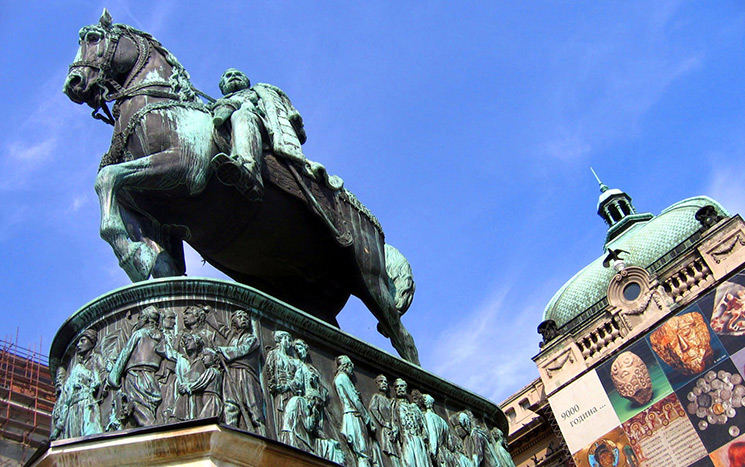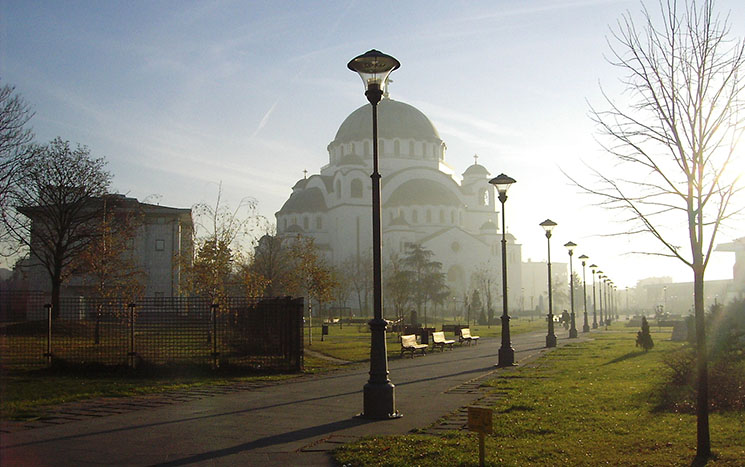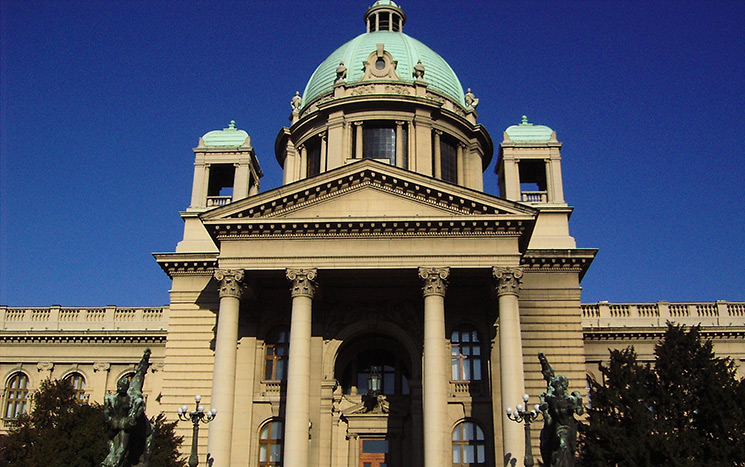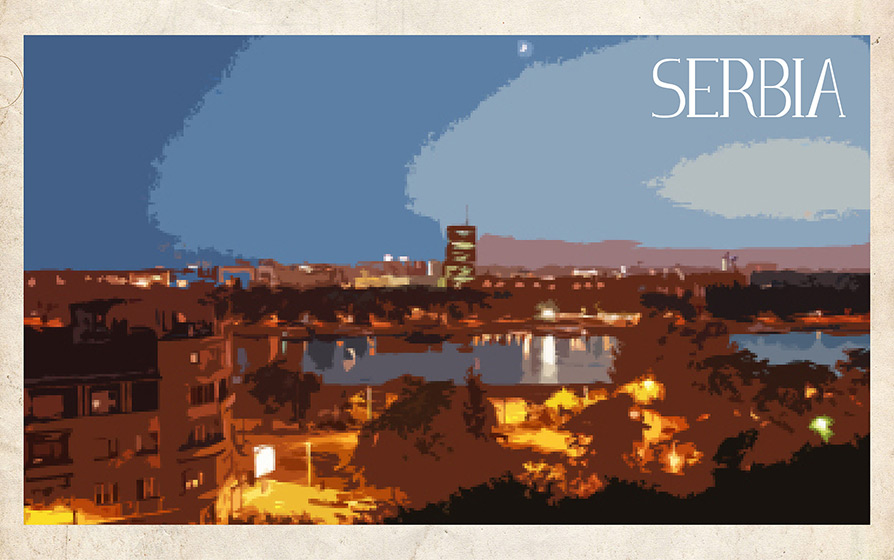Sandra Pantelic is from “the city of jokers and bohemians,” a place with an atmosphere not unlike the neighborhood of Montmartre in Paris—except that it’s more than 1,000 miles away.
Šabac, Serbia, located along the Sava River, has a lively city center lined with wide, cobblestone streets and busy taverns, the favored gathering spot for locals. And it’s not far from the capital, Belgrade, where Sandra got her undergraduate degree in architecture.
“When I was young, growing up in Serbia was fun,” Sandra says. “This was before the war. When Yugoslavia broke off into six smaller countries, that wasn’t an easy time. But what I love most about the area is the people; they’ve been through a lot, but they’re friendly, outgoing, and social. Serbia is a place of events and celebrations—any excuse for a party!”

An architect in Baskervill’s hospitality studio, Sandra has lived in the States for just over a decade, and she moved to Richmond after getting a Master of Architecture from the University of Cincinnati.
“Something interesting that I noticed when I first arrived was how focused everyone was on getting out of the city and living in the suburbs,” Sandra says. “In Serbia, everything is concentrated in the city center; all major cultural or social events are happening downtown. So that was hard for me to get used to.”
Recently, as urban areas have become more popular, sparking new life in cities around the States, Sandra has grown increasingly excited.
“I’m noticing this new wave of people and businesses coming to downtown Richmond,” Sandra says. “When the city center is a lively place, you want to be close to it. Living within walking distance of important places and exciting events becomes a draw for the area, because you have access to so much.”

In Belgrade, living in the city center means that places like Slavija Square (the city’s busiest intersection), St. Sava Temple (the largest Orthodox temple in the world), and cultural hotspots like The National Museum of Serbia and the National Theatre are all conveniently close. It’s the architecture, though, that really captivates Sandra.
“There’s beautiful late nineteenth-century and early twentieth-century architecture that is very much present as a result of the economic boom during that period. You see a lot of three- or four-story buildings that were built in the Neoclassical or Romantic styles, or influenced by the Vienna Secession movement. Knez Mihailova Street is a particularly good example.”
But not all of the architecture in Belgrade or Šabac is from the turn of the century. There’s plenty of urban infill from the 1950s and 60s alongside more contemporary buildings—a range that many locals are open to, in spite of the area’s affinity for tradition.

“Serbia feeds off of Western European culture, which means that they try to keep up with trends there,” Sandra says. “I think it makes the country as a whole more open to new ideas.”
It’s a theory that mirrors her own experiences as an architect. She wouldn’t say her background exclusively makes her a better designer—”It’s not about who I am as much as it’s about designing to fit the locality and the client’s needs,” Sandra says—but she does think that growing up in Serbia has made her more open to approaching the design process in new ways.
“I’ve seen how they live over there and how people live here,” Sandra says. “I’ve seen that what works in one place isn’t necessarily going to work in another. Understanding that each place is unique makes me willing to try different things in order to make sure that what I’m designing is the right fit.”


